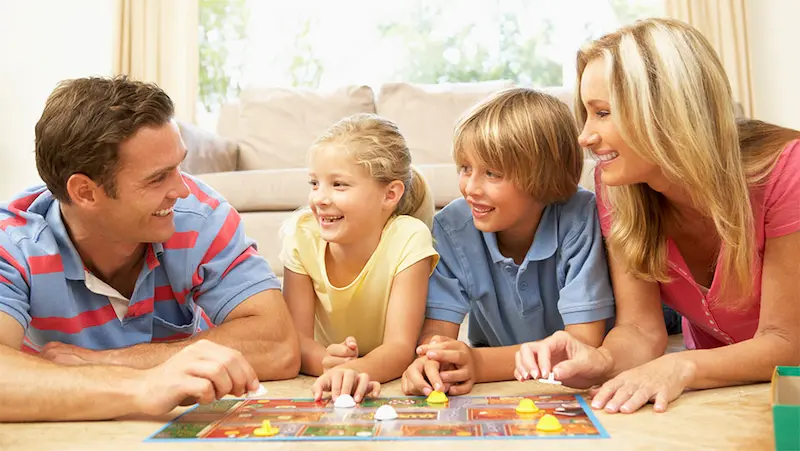Family Shopping Budget Game: Teaching Kids to Plan and Spend Wisely
Family Shopping Budget Game: Teaching Kids to Plan and Spend Wisely
Budgeting is a crucial life skill that children can start learning from a young age. One fun and practical way to teach budgeting is through a family shopping budget game. By making a list of necessary items and matching it to a set budget, kids learn how to prioritize and make thoughtful financial decisions. In this blog post, we’ll explore how to turn a family shopping trip into an educational experience.
Why Teach Kids Budgeting Through Shopping?
Shopping as a family offers a real-world opportunity to practice budgeting and financial planning. Involving children in budgeting helps them develop practical money management skills while fostering a sense of responsibility.
Setting Up the Family Shopping Budget Game
Follow these steps to create a fun and educational budgeting game:
1. Make a Shopping List
Gather the family and discuss what items are needed for the week. Write down the essentials such as groceries, household items, and toiletries. Involve kids in deciding which items are priorities.
2. Set a Budget
Determine a realistic budget for the shopping trip. Let your children know how much money is available to spend and explain that the goal is to stick to the budget while getting all necessary items.
3. Research Prices in Advance
To make the game more strategic, check prices online or from store flyers before heading out. This gives kids an idea of what to expect and encourages them to plan ahead.
4. Make Predictions
Have your child estimate how much each item will cost and write down the predictions next to the items on the list. This helps develop their ability to assess value and make cost-effective choices.
The Shopping Challenge
When you arrive at the store, put your budgeting skills to the test:
- Stick to the List: Only purchase items from the prepared list.
- Compare Prices: Look for sales and discounts to make your money go further.
- Track Spending: Keep a running total to ensure the budget isn’t exceeded.
Reviewing the Experience
After the shopping trip, sit down as a family and review the receipts:
- Compare Predictions with Actual Costs: See how accurate the guesses were and discuss any differences.
- Reflect on Choices: Talk about what worked well and what could be improved next time.
- Celebrate Success: If you stayed within budget, celebrate with a small family treat!
Benefits of the Family Shopping Budget Game
- Financial Literacy: Kids develop budgeting and cost comparison skills.
- Critical Thinking: Making financial choices teaches thoughtful decision-making.
- Teamwork: Working as a family strengthens cooperation and communication.
Final Thoughts
Incorporating budgeting lessons into everyday activities like family shopping makes financial education enjoyable and practical. Start building your child’s money management skills with this fun and interactive game!
Amazon best seller






Comments